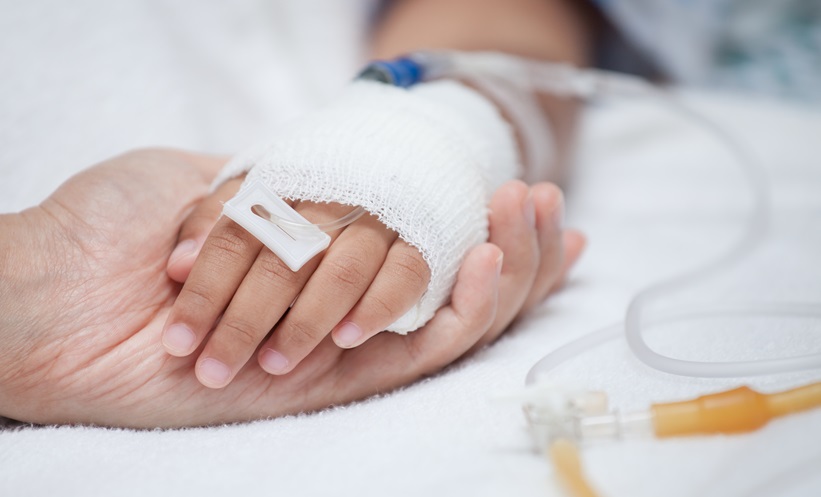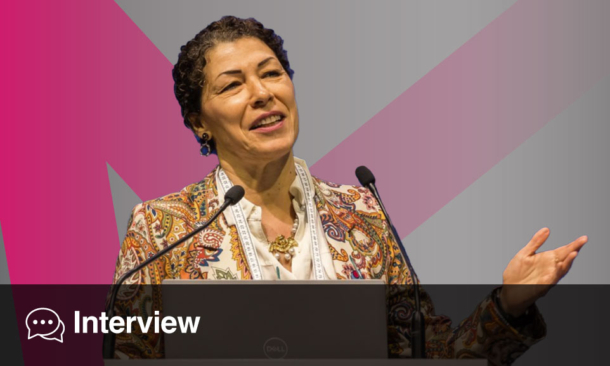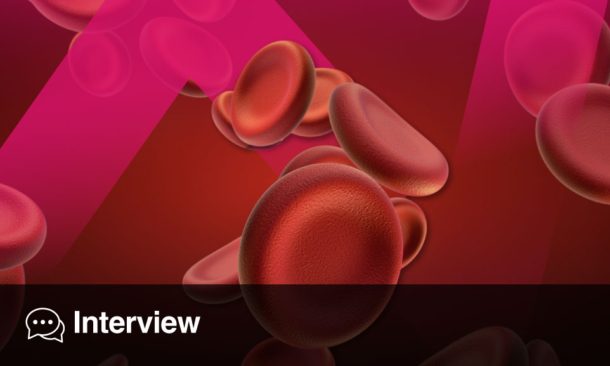A RECENT study has shown that children with specific genetic types of acute lymphoblastic leukaemia (ALL) can achieve excellent outcomes with low-intensity therapy, reducing the risk of severe treatment side effects. The research focused on children with the ETV6::RUNX1 fusion or high-hyperdiploid B-ALL, two genotypes linked to favourable prognoses.
Data from St. Jude Children’s Research Hospital’s Total XV and XVI studies, which ran from 2000 to 2017, revealed a 5-year event-free survival (EFS) rate of 97.7% for patients with the ETV6::RUNX1 fusion and 94.7% for those with high-hyperdiploid B-ALL. Notably, National Cancer Institute (NCI) high-risk patients with ETV6::RUNX1 or high-hyperdiploid B-ALL saw similar excellent outcomes to those with standard risk when treated with St. Jude’s low-risk therapy.
However, NCI high-risk patients with high-hyperdiploid B-ALL and slow early minimal residual disease (MRD) response had worse outcomes, underscoring the need for new treatment approaches for this group. These patients had a lower 5-year EFS rate of 54%, compared to 93% for those with the ETV6::RUNX1 fusion.
Importantly, the low-intensity therapy was associated with reduced toxicity, leading to fewer cases of thrombosis and pancreatitis. The findings emphasise the effectiveness of tailored, MRD-directed therapy in treating pediatric ALL, particularly for patients with favourable genotypes, while highlighting the need for innovative strategies for those with poorer MRD responses.
Helena Bradbury, EMJ
Reference
Purvis K et al. Outcomes in patients with ETV6::RUNX1 or high-hyperdiploid B-ALL treated in the St. Jude Total Therapy XV/XVI studies. Blood. 2024.







